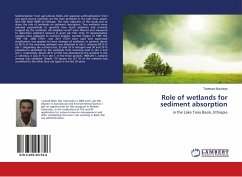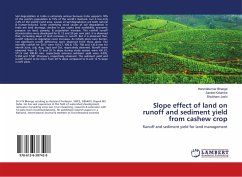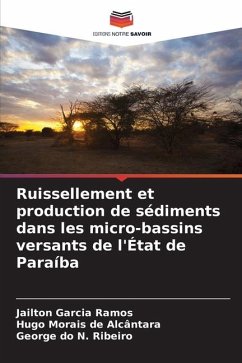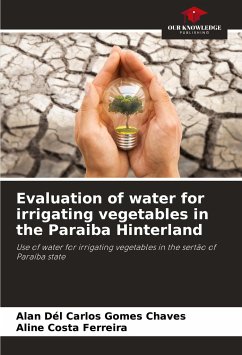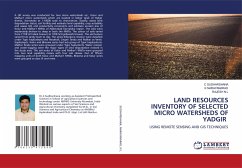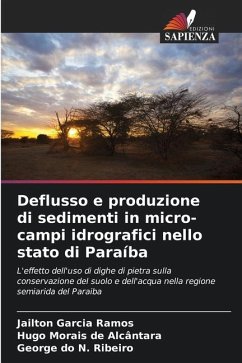
Runoff and sediment production in micro-watersheds in the state of Paraíba
The effect of using stone dams on soil and water conservation in the semi-arid Paraiba region
Versandkostenfrei!
Versandfertig in 6-10 Tagen
27,99 €
inkl. MwSt.

PAYBACK Punkte
14 °P sammeln!
The Brazilian semi-arid region is characterised by irregular rainfall and the poor quality of its water, especially groundwater. From this perspective, water and soil management strategies are of paramount importance for living in the semi-arid region. The vegetation in this region is of the tree and shrub type, and predatory deforestation for charcoal production has reduced plant density, thus leaving the soil exposed to direct radiation, as well as the direct incidence of the potential energy of raindrops, thus promoting the dispersion of sediments that are carried to the riverbeds, thus pro...
The Brazilian semi-arid region is characterised by irregular rainfall and the poor quality of its water, especially groundwater. From this perspective, water and soil management strategies are of paramount importance for living in the semi-arid region. The vegetation in this region is of the tree and shrub type, and predatory deforestation for charcoal production has reduced plant density, thus leaving the soil exposed to direct radiation, as well as the direct incidence of the potential energy of raindrops, thus promoting the dispersion of sediments that are carried to the riverbeds, thus promoting siltation and reducing their useful volume. Soil conservation techniques such as stone damming can mitigate these effects, as it accumulates organic matter on the soil surface, promotes microbiological development, plant growth and facilitates the infiltration of water into the soil profile, through the vacancies formed by the roots, reducing the run-off and consequently the production of sediment, whereby the potential energy of rainwater is dissipated by the interception of plant leaves.





